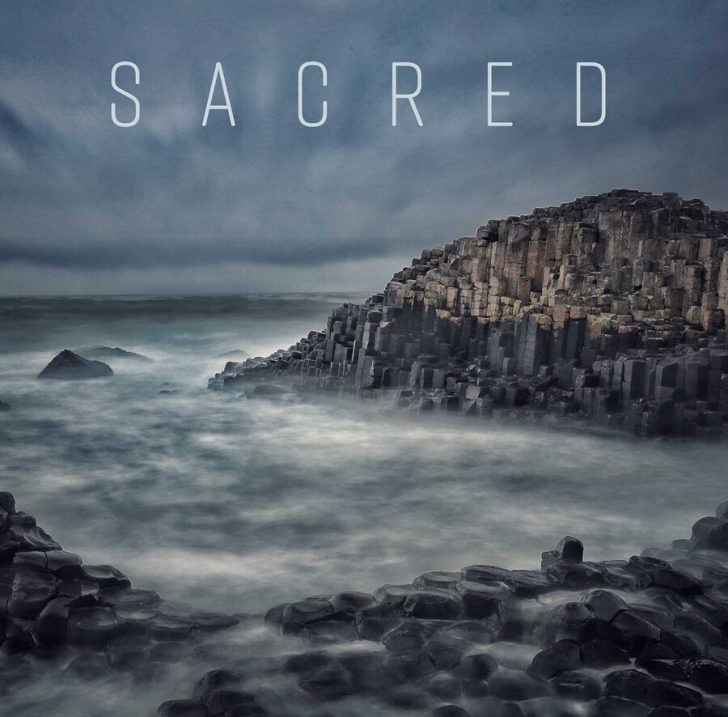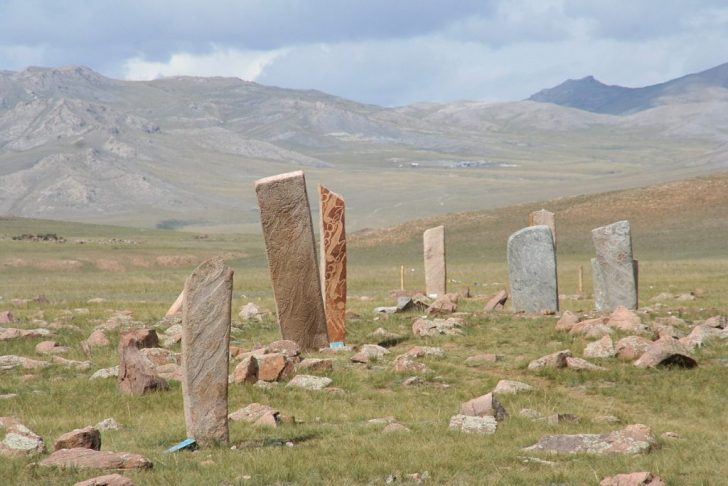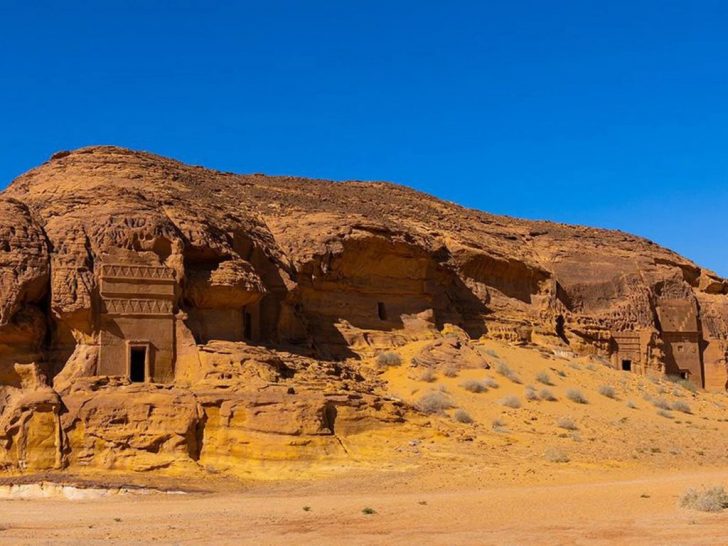Ancient civilizations went to tremendous lengths, from building the Stonehenge in England and Mexico’s Chichen Itza pyramid to mark solstices and equinoxes, communicate with ancestors, or worship spirits. People seeking an explanation for life, death, and the universe can be found in each of these locations.
In his most recent book, “Sacred: In Search of Meaning,” Canadian photographer Chris Rainier photographs spiritual landscapes and sites all over the world. Rainier, a National Geographic Fellow, has dedicated the previous 40 years to studying traditional civilizations.

Here are two ancient sites covered in his book:
Ancient Deer Stones, Mongolia
Ancient graveyards can be found all over Northern Mongolia. While driving across the savannah, you’ll come across a huge boulder or pile of rocks. They would contain the final resting place of a revered warrior. Swords, jewelry boxes, and other artifacts that a warrior would have accumulated over a lifetime are buried in the boulders.
Nearby, it’s common to see ancient megaliths, often known as “deer stones”, which are mostly formed of granite. Large monolithic stones with mythological deer ascensions with the warrior’s spears and arrows are positioned around the burial sites.

This photograph was shot at the Uushigiin Uvur site near Moron in Northern Mongolia, which contains deer stones from the Bronze Age. The stones were crafted between the thirteenth and ninth centuries BCE. “Around 30 deer stones, petroglyphs, stone carvings, and rock burial sites can all be found in Uushgiin Uvur.
The Khoid Tamir valley has another Bronze Age site with 100 deer stones, while Jargalantyn Am in Arkhangai province is known as “The Valley of the Deer Stones” because of the abundance of them there. According to Rainier, “Mongolians have a strong connection to their past.” “In Mongolian tradition, the deer stones are revered as being extremely important and sacred.
Hegra, Saudi Arabia
The Nabateans established their renowned capital, Petra, more than 500 kilometers to the northwest in what is now Jordan. Hegra was their second city. The ancient stone city, which is situated in Saudi Arabia’s Al-Ula region and is also known as Mada’in Salih and Al-Hijr to Muslims, has historical origins dating back to the first century BCE. More than 100 well-preserved tombs with intricate facades cut into the sandstone outcrops make up this site, which is also the first Unesco World Heritage Site in the nation.
“They are the burial places for kings, queens, and noble people,” said Rainier. “This entire region was connected to an old caravan route.
Arab commerce ships would dock on the Saudi Arabian peninsula’s extreme east, followed by a camel caravan that would travel through this region on its way to Petra and the Holy Land. The inhabitants would have been extremely rich.
“This region is so odd because it is entirely flat in the desert, and then there are these huge rock outcrops where they have carved burial chambers into the rock,” he continued. “The bodies would be buried inside rock mausoleums, and there are doorways.”

Tours of Hegra that also visit the Hijaz Railway, which previously transported Muslim pilgrims from Damascus to the holy towns of Makkah and Medina, can be arranged by tourists.




